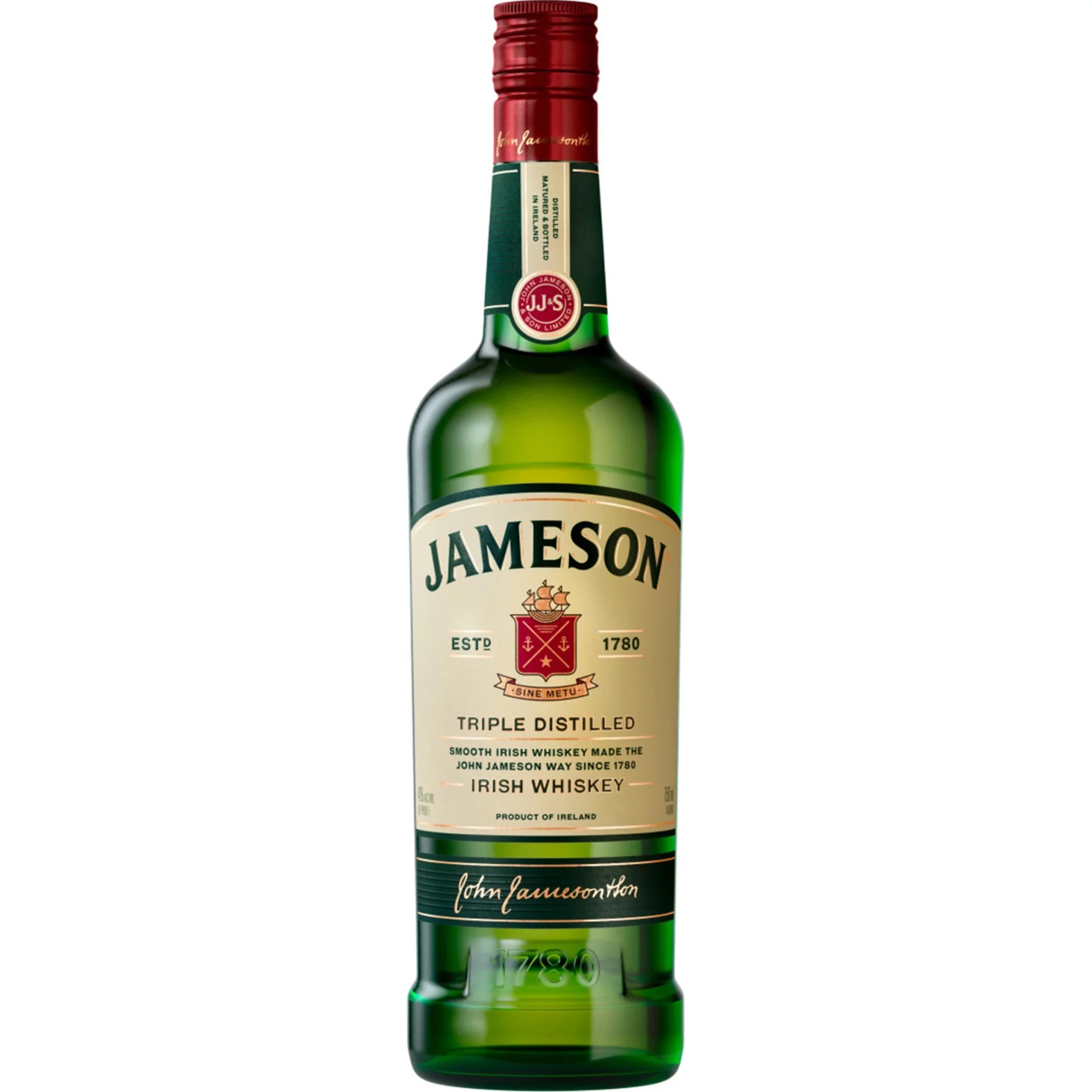When it comes to beverage packaging, one size often stands out among the rest: 750ml. This volume has become a standard in the industry, especially for wine and spirits. Whether you’re a casual drinker, an aspiring sommelier, or a bartender, understanding the implications of a 750ml bottle can enhance your experience and knowledge about various beverages. The 750ml size is not just a random figure; it has historical roots and practical applications that have shaped the way we consume drinks today. This article explores the significance of 750ml, its common uses, and the reasons behind its popularity.
The popularity of the 750ml bottle is primarily driven by its convenience and suitability for various occasions. It is the perfect size for sharing during gatherings or intimate dinners, making it a favorite among consumers. Additionally, this volume allows for enough product to serve multiple people without overwhelming them with excess. In a world where moderation is often emphasized, the 750ml size strikes a perfect balance.
Moreover, the 750ml bottle has become a cultural icon in many regions, especially in wine-producing countries. It represents the standard serving size and has influenced the way we perceive and enjoy beverages. With this article, we aim to delve deeper into the reasons behind the significance of 750ml and answer some common questions regarding its applications.
What is the History Behind the 750ml Bottle Size?
The 750ml bottle size has a rich history that dates back centuries. Initially, the volume was established in the early 20th century as a standard for wine bottles. The adoption of this size was influenced by various factors, including trade practices and consumer preferences. Over time, it became the de facto standard for not just wine but also spirits and other beverages.
Why is 750ml the Standard Size for Wine?
Wine enthusiasts often wonder why 750ml has become the standard size for wine bottles. One reason is that this volume allows for easy handling and storage. It is also a practical size for serving wine at gatherings without the need for excessive waste. Additionally, many wine regions have adopted this size to maintain consistency in their products, making it easier for consumers to make choices.
Are There Any Variations of the 750ml Bottle?
Yes, there are several variations of the 750ml bottle, which cater to different consumer needs. For instance, some producers offer magnum bottles, which are equivalent to 1.5 liters or two standard 750ml bottles. Other variations include half bottles (375ml) and larger formats, such as jeroboams and methuselahs. These variations allow for flexibility in serving sizes and occasions.
How Does 750ml Impact Shipping and Storage?
The 750ml bottle size has practical implications for shipping and storage. For distributors and retailers, this size is optimal for packing and transporting. It allows for maximizing space in shipping containers and store shelves, ensuring that products remain accessible to consumers. Additionally, the standard size fits easily into wine racks and cabinets, making it a favorite for home storage.
What Are the Common Beverages Packaged in 750ml Bottles?
While the 750ml bottle is most commonly associated with wine, various beverages are packaged in this size. Some of the most notable include:
- Wine
- Spirits, such as whiskey and vodka
- Craft beers
- Non-alcoholic beverages, like juices and sodas
Do Different Regions Prefer 750ml for Specific Beverages?
Various regions may have preferences for the 750ml size based on cultural practices and consumer behavior. For example, in Europe, 750ml remains a popular choice for wine, while in other regions, such as the United States, it is also common for spirits. Understanding these regional differences can provide insights into consumer preferences and trends in the beverage industry.
What Are the Environmental Considerations for 750ml Bottles?
As consumers become more environmentally conscious, the sustainability of 750ml bottles has come under scrutiny. Many producers are now focusing on eco-friendly packaging options, such as lightweight bottles and recyclable materials. This shift is essential for reducing the carbon footprint associated with beverage production and distribution.
How Can Consumers Make Sustainable Choices with 750ml Bottles?
Consumers can play a significant role in promoting sustainability by making informed choices regarding 750ml bottles. Here are some tips:
- Choose brands that prioritize eco-friendly packaging.
- Consider purchasing from local producers to reduce transportation emissions.
- Recycle bottles after use instead of discarding them.
What is the Future of 750ml in Beverage Packaging?
The future of 750ml bottles looks promising as the beverage industry continues to evolve. With a growing emphasis on sustainability and consumer preferences, producers may explore innovative packaging solutions while retaining the 750ml size. This adaptability will ensure that the 750ml bottle remains a staple in the beverage world for years to come.
In conclusion, the 750ml bottle size holds significant importance in the beverage industry for various reasons, including its historical context, practicality, and cultural relevance. Whether you’re enjoying a glass of wine, a cocktail, or a refreshing beverage, understanding the significance of this size can enhance your appreciation of the products you consume.
Exploring The Life And Legacy Of Romi Geyor
Discovering The Enigma Of Hani E: A Journey Through Life And Art
Discovering The World Of Xanime: A New Frontier In Animation


